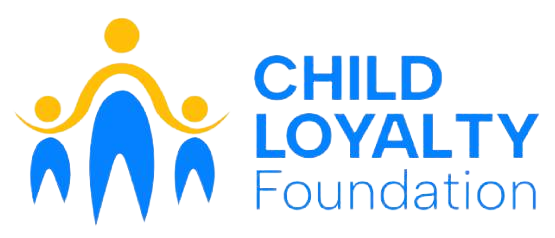In spite of the concerted efforts by state and non-state actors to combat human trafficking, slavery in modern times is thriving. Amongst the trafficking victims, children are particularly helpless and perilous as they are fully dependent on adults for their rights and livelihood. As specified by the International Organization for migration IOM, about 3,000 children are trafficked daily: the trade is characterized by the conscription, transfer, and transport as well as harboring of children by diverse methods. The definition of child trafficking is extensive. That is, it has no global definition. However, the Palermo Protocol; one of the populous legal instruments defines it as the “recruitment, transportation, transfer, harboring or receipt of persons by means of the threat, or use of force or other forms of coercions, of abduction, of fraud, of deception, of the abuse of power or of a position of vulnerability or of the giving or receiving of payment or payments or benefits to achieve the consent of a person having control over another person for the purpose of exploitation” (UNICEF,2014). The issue of child trafficking has presumed direful proportions and has attained recognition both nationally and globally. This is evidenced by the numerous global legal measures that have been articulated in the form of conventions, interventions, legislations, protocols etc. to protect children. These comprises the International Labor Organization (ILO) Convention 182 on child labor, the United Nations Convention for the Rights of the Child (UNCRC), the African Charter on the Rights and Welfare of the Child and many more. Nonetheless, these conventions which comprises mainly of legal instruments and formal policies have not been as effectual as expected because usually, cultural and local situations for instance; factors such as poverty, lack of education, and harsh economic conditions etc. are overlooked when mapping out these policies and laws. The ineptitude of policy framers and state actors to take into consideration the norms, traditions and situations of the grass roots who are normally poor and ill-educated leads to the execution of un-informed acts and bills which eventually hamper the fulfillment of anticipated results that the policy framers desire.
The research into the principal causes of trafficking in children remains rudimentary. Several laudable work and studies have been done on how to ameliorate legal tools and comprehend the universal patterns of trafficking. Nevertheless, research on the principal causes of child trafficking is still narrow in comparison. Majority of the available theories on the principal causes either put certain propositions to test or debunks it. As a result, child trafficking has on numerous occasions been perceived to be caused by global inequality or poverty which sometimes limits our comprehension of the problem’s complexness.
This article does not seek to challenge the existing works and findings on the principal causes of child trafficking but to analyze them by evaluating the condition of child trafficking in Ghana. The trafficking victimization of children in Ghana is quite ubiquitous, hence it is vital to bring this problem to light and to find out the reason behind this menace and how to combat it.
Even though the issue of child trafficking is a universal phenomenon, research and demographics indicate that it is prevalent in West Africa particularly Ghana and is on the rise. As reported by the US State department, Ghana is on tier 2 rating when it comes to trafficking in children, indicating that child trafficking remains an issue in the country. Just like several West African countries, Ghana has the dreadful experience of being one of the primary begetters of slaves in the transatlantic trade amidst the European colonial period. Thus, it is no surprise that child trafficking is prevalent in the country. The US State department specified that the exploitation and manipulation of children in Ghana is prevalent to a greater extent than transcontinental trafficking of non-native nationals. The migration of trafficked children within the country is either from rural to urban centers, or from one rural center to another. Child trafficking in Ghana can be ascribed to a number of reasons, and these reasons are usually grouped into two; that is, the supply side factors and the demand side factors.
To start with, the Supply Side Factors. Customary practices such as trokosi and fosterage amongst various tribes in Ghana contribute greatly to the vulnerability of children to child trafficking. The practice of trokosi for instance, enables the sending of virgin girls at a very young age to shrines as an atonement for the felonies of family members apparently to obviate curses. These young girls are delivered to the fetish priests who coerce them into hard labor.
The Demand Side Factors; In exchange for distinct items, several Ghanaian children are trafficked to carry out hazardous work duties. This is ubiquitous in the fishing industry along the Volta lake of Ghana. A study carried out by the International Labor Organization in 2013 estimates that the labor force in the fishing industry on the Volta Lake constitutes approximately 49,000 children. The employment of children means cheap labor as a fishing net is perceived to be more expensive than a child. The children are trafficked to plunge into the sea and disentangle the fishing nets with some losing their lives in the course.
In conclusion, child trafficking remains a colossal issue in Ghana; entrenched in poverty, cultural practices etc. that have become credulous and exploitative and now even worst due to weak enforcements and the inability of the policy framers to come up with good policies to protect the Ghanaian child. Unless collaborative attempts are made and stringent measures are put in place to alter this situation, child trafficking will incessantly remain an issue in Ghana.

